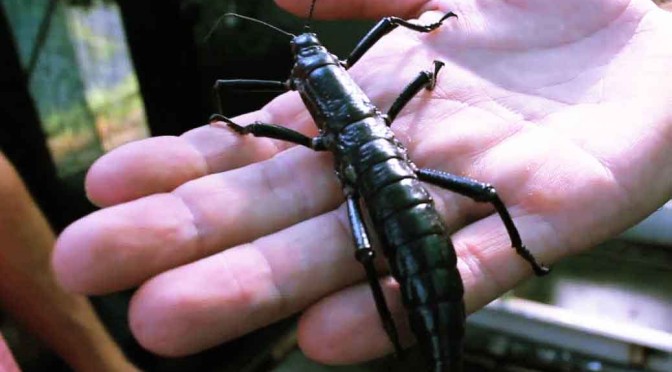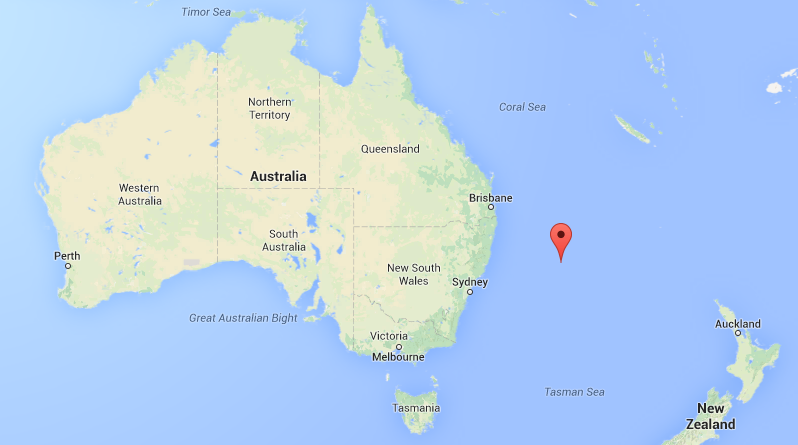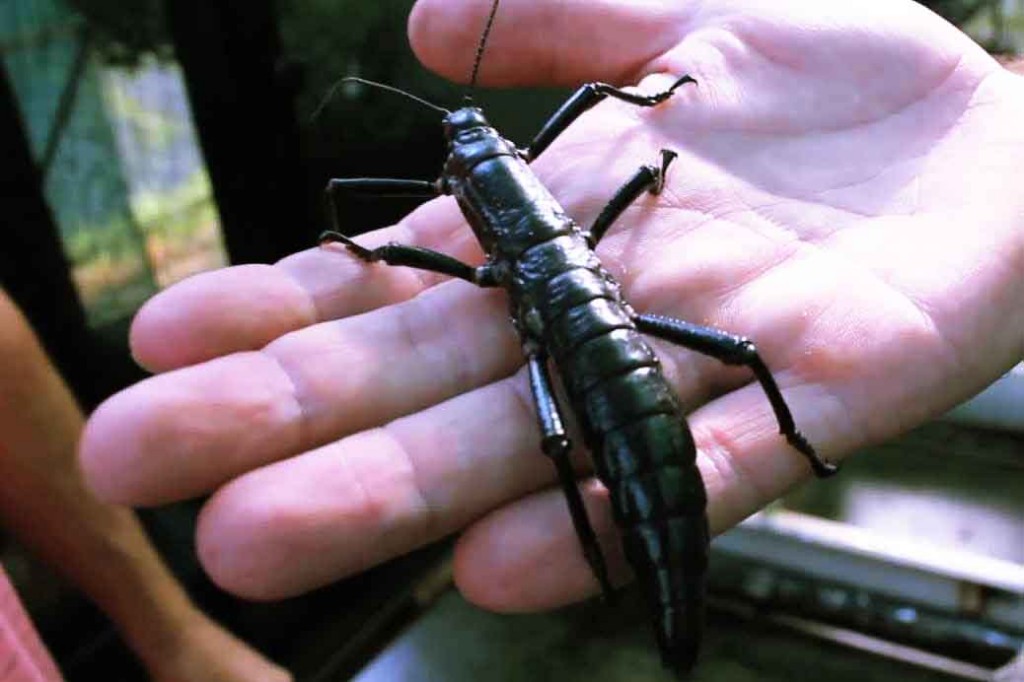By Anupum Pant
Centralia, a small town in Pennsylvania sits on massive deposits of an A-class quality of coal – Under the town, in every direction, the coal veins span across several miles (50-80 miles long). In the 50s it used to be a bustling little town of about 2000 people, and yet the population of this town has dwindled to 10 now.
Some it has to do with the fact that Centralia has a fire burning underneath. A massive fire that accidentally started more than 50 years ago, and it still continues to burn, even today.
In May 1962, five volunteers were hired to clean up the landfill for Memorial day celebrations. Unlike every other time, when landfills were located at some other places and were set to fire to clean up, this time they were on an abandoned strip-mine pit next to the Odd Fellows Cemetery. Like the fire used to die off all the time, the fire set on that day (May 27th, 1962) never got extinguished. And then entered the labyrinth of abandoned coal mines beneath Centralia. The fire still burns…
Today, Centralia is no more than a ghost town. Several places here have huge cracks in the ground spewing hot steam.
By many, the fire is believed to be the sole factor in converting this bustling 50s town into a ghost town. However there’s much more to it than just the fire. Radiolab gives a great insight on it…
Although there is a 1 hour-long documentary on Youtube about this, do not forget to have a look at this short documentary about the town. “The Unknown Cameraman”, an urban explorer presents..





